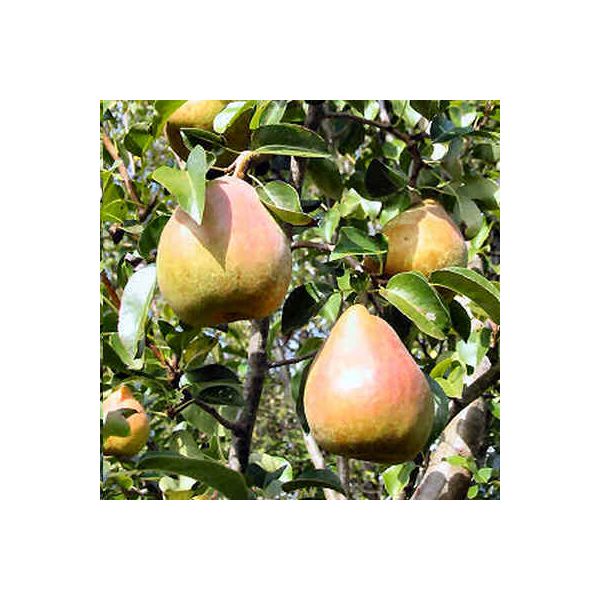Pyrus Communis Seeds (Common Pear Seeds)
Pyrus Communis Seeds (Common Pear Seeds)
Although the early spring flowers are beautiful and the fruit is attractive, the Pyrus communis is normally grown only for its fruit crop and not as an ornamental.

Delivery
All orders shipped with UPS Express.
Always free shipping for orders over US $250.
All orders are shipped with a UPS tracking number.
Returns
Items returned within 14 days of their original shipment date in same as new condition will be eligible for a full refund or store credit.
Refunds will be charged back to the original form of payment used for purchase.
Customer is responsible for shipping charges when making returns and shipping/handling fees of original purchase is non-refundable.
All sale items are final purchases.
Help
Give us a shout if you have any other questions and/or concerns.
Email: contact@domain.com
Phone: +1 (23) 456 789
Availability: In stock
SKU
Pyrus Communis
Grow your own Common Pear (Pyrus communis) with these high-quality seeds. This deciduous fruit tree is well-known for its delicious, juicy pears and its adaptability to various climates. Reaching up to 15 meters (50 feet) in height, it produces fragrant white blossoms in spring, followed by sweet, edible fruits in late summer to autumn.
Perfect for home orchards, gardens, or even container growing, the Common Pear thrives in full sun and well-draining soil. Cold-hardy and relatively low-maintenance, this tree is an excellent choice for fruit lovers and gardeners alike.
| Common name | Common Pear |
|---|---|
| Species | Pyrus communis |
| Germination | Best sown in a cold frame as soon as it is ripe in the autumn, it will then usually germinate in mid to late winter. Stored seed requires 8 - 10 weeks cold stratification at 1øc and should be sown as early in the year as possible. Prick out the seedlings into individual pots when they are large enough to handle and grow them on in light shade in a cold frame or greenhouse for their first year. Plant them out in late spring or early summer of the following year. Germination can take a long time, don't give up. |
| Scarification / Stratification | Cold stratification This will break their dormancy. It creates a cold and moist environment for the seeds. Mixed in seeds with slightly moistened vermiculite or peat, only damp in a ziplock bag. Close zip bag shut and store it in the salad crisper compartment of your refrigerator. If any seeds begin to sprout during the cold stratification, simply remove the seed and plant. |
| Price View | Price Range |

